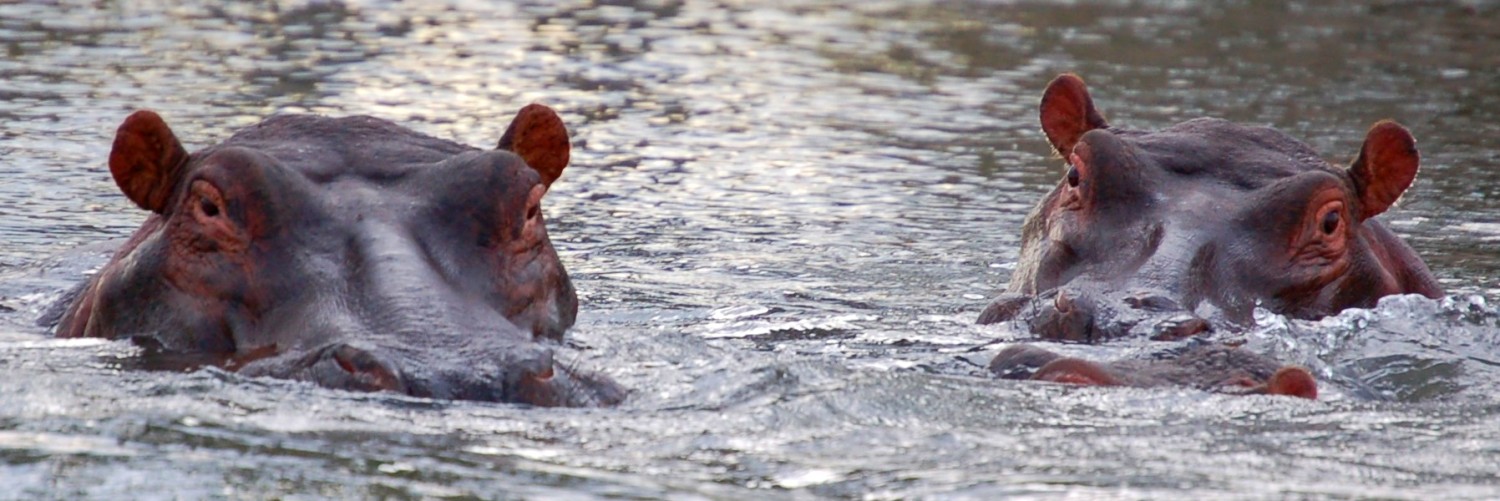![]() When a first chapter persuades me I’m wrong about something, I know reading the book was a good decision. In the case of I Contain Multitudes, that first chapter debunked a ‘fact’ I’ve used in lectures: that the human body contains ten times as many microbial cells as human cells. Apparently not. Most of us have fairly similar numbers of bacterial and human cells although, as the team from the Weizmann Institute of Science reported in the dry terminology of academic writing, ‘We note that the uncertainty…might be too optimistically low, as they…may underestimate systematic errors, omissions of some cell types, and similar factors that are hard to quantify’.
When a first chapter persuades me I’m wrong about something, I know reading the book was a good decision. In the case of I Contain Multitudes, that first chapter debunked a ‘fact’ I’ve used in lectures: that the human body contains ten times as many microbial cells as human cells. Apparently not. Most of us have fairly similar numbers of bacterial and human cells although, as the team from the Weizmann Institute of Science reported in the dry terminology of academic writing, ‘We note that the uncertainty…might be too optimistically low, as they…may underestimate systematic errors, omissions of some cell types, and similar factors that are hard to quantify’.
In plain English, we know so little about the vastly complex ecosystem that is each and every one of us that we don’t even know how vast and complex it is. One study identified close to 10 million genes from human gut bacteria, which is around 500 times as many genes as we carry around in our human cells. While we don’t carry all of those bacteria around with us at once, the gut is only one place where our bacteria live and we carry different bacteria species in different places. We don’t actually know how many bacterial genes each one of us is carrying around, but it’s safe to say that only a very small percentage of our own genetic diversity is human.
Ed Yong took me on a journey through current research on the microbes that live in and on not only humans but also many other species – or perhaps it would be more correct to talk about the microbes that form an essential part of every animal on earth. None of us would last very long if we were only human. A particular favourite of mine included the tales of the many ways in which the Wolbachia bacteria mess with various insects, from enabling female wasps to reproduce asexually to speed its transition to new hosts to keeping bed bugs alive by supplying them with vitamins they can’t synthesise for themselves.
Another favourite was the story of Margaret McFall-Ngai’s decades of work on the Hawaiian bobtail squid and its partnership with the bacteria that make it luminescent. I first ran across McFall-Ngai’s work around 20 years ago, when I was first learning about animal-microbe symbioses, so being taken on a tour of her research facility struck a certain resonance with me.
There were some notable omissions, including McFall-Ngai’s signature discovery of quorum sensing: the process by which bacteria change their behaviour if enough of them get together. The bobtail squid’s bacteria don’t burn energy making themselves glow unless there are enough of them to produce enough light to matter. Since McFall-Ngai spurred microbiologists to look for it, quorum sensing has been recognised as the key to a lot of microbial behaviour, including the formation of the slimy biofilms that cover stones in streams and the switch that some bacteria make from being benign passengers in our bodies to making us ill.
I also felt that the sections covering viruses were rather scant, but these are minor quibbles. Yong was taking on a large field, and he’s taken on a book that’s both accessible to the non-specialist and likely to provide insights new to a specialist. It’s well worth a read for anyone with an interest in the little critters that make us what we are.











Leave a comment